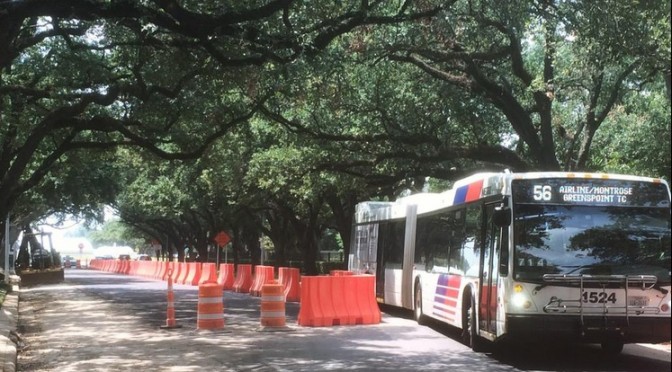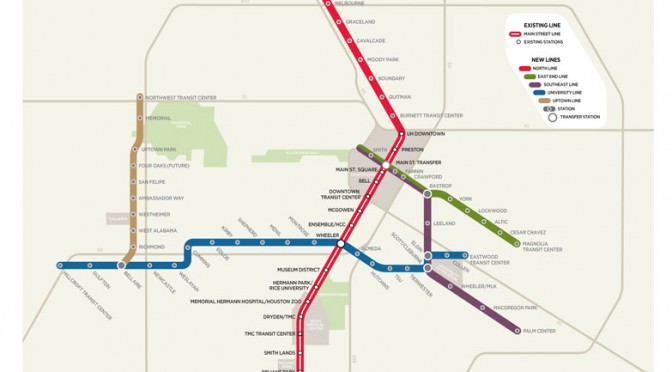METRO Rolls Out the New Bus Network
After years of planning, months of aggressive public outreach, weeks of preparation and days of frenzied execution, the Metropolitan Transit Authority of Harris County finally reached its big day. After completing normal Saturday bus schedules at 2am, just a couple of hours later, METRO rolled out the agency's New Bus Network. The plans … Continue Reading ››

